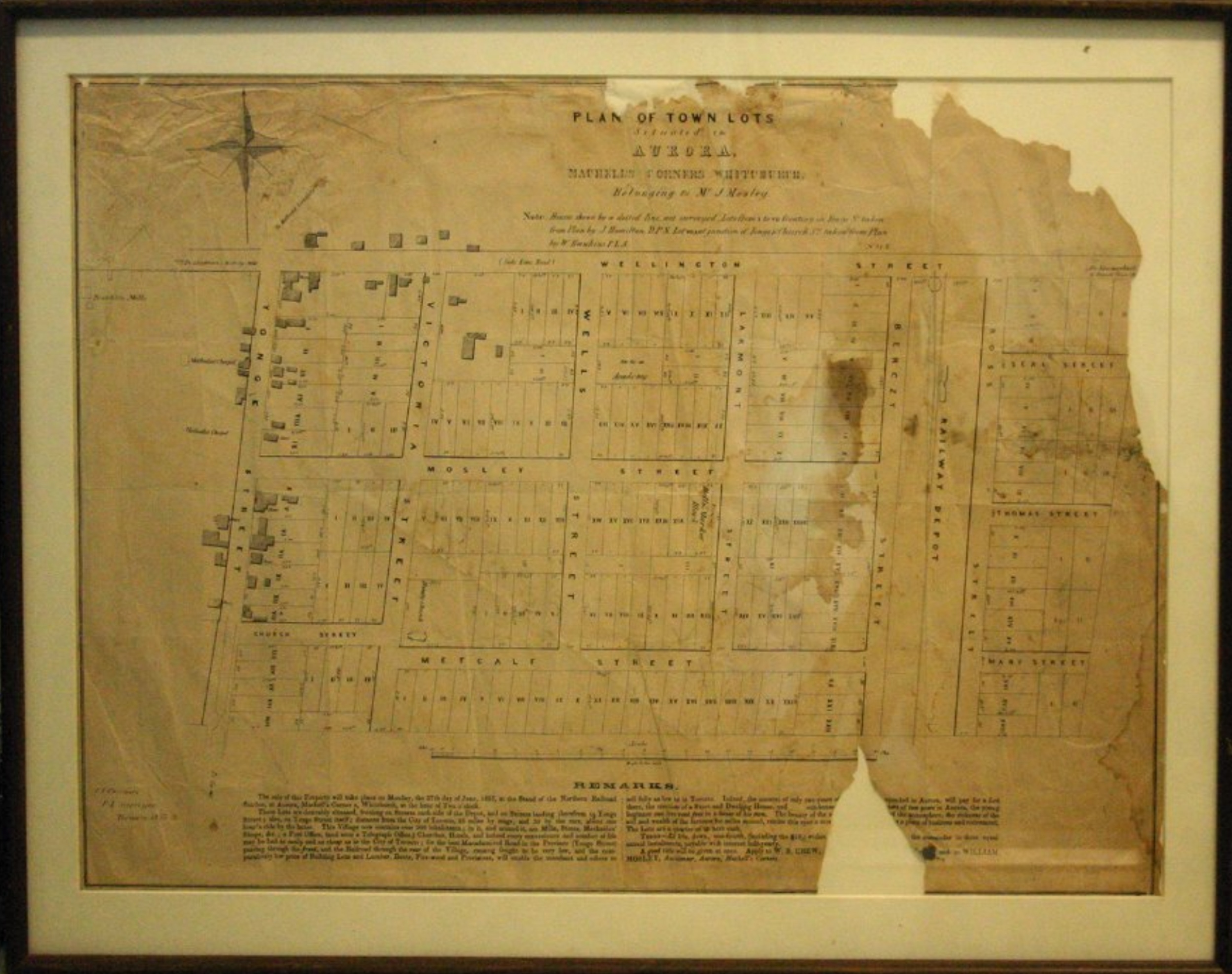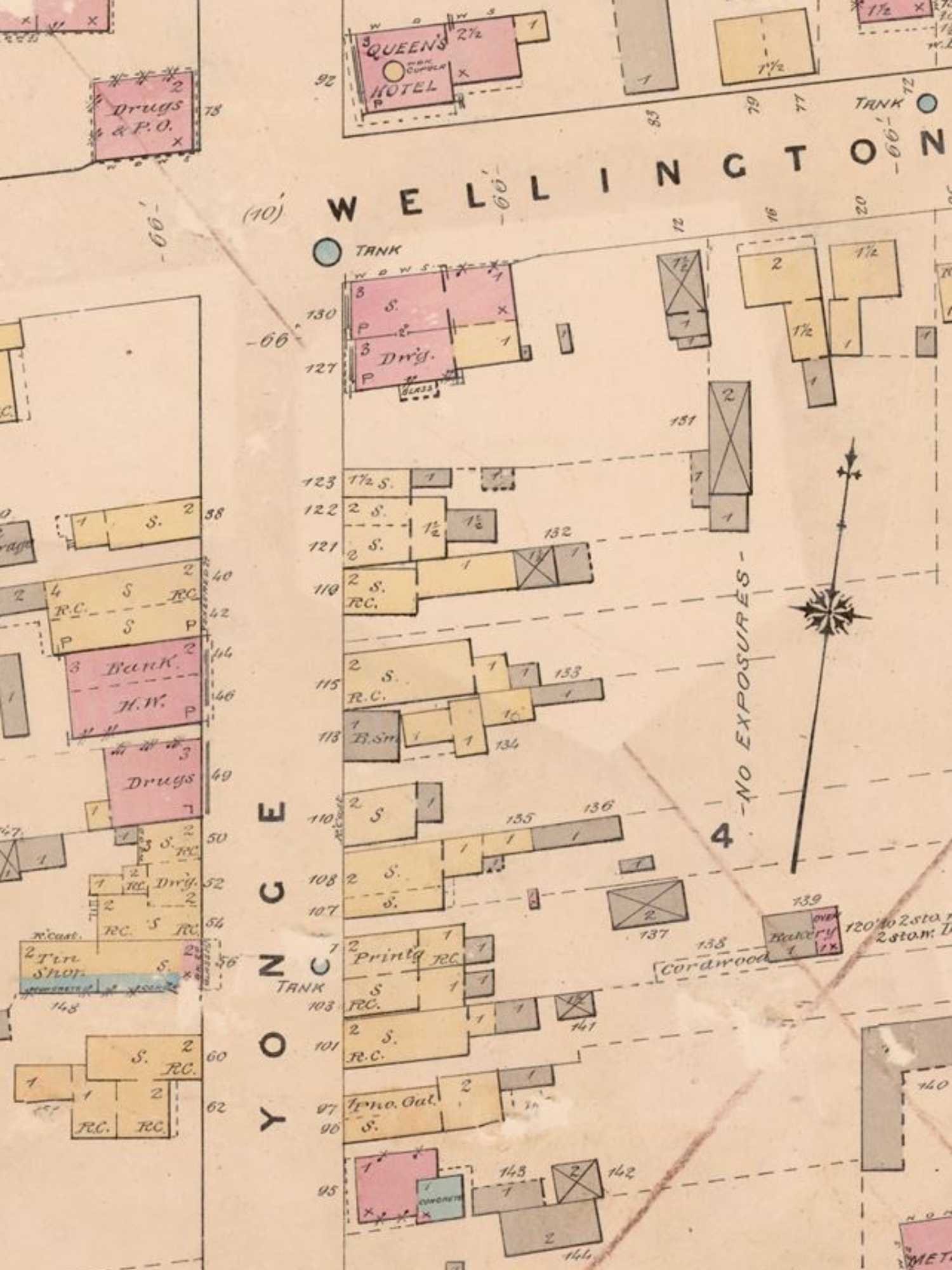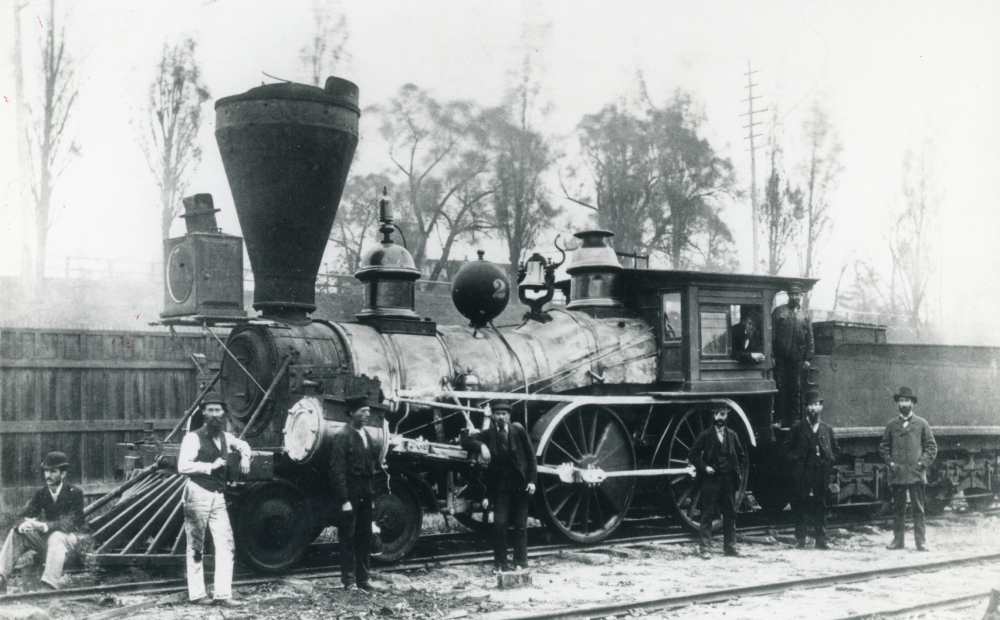We know that Indigenous cultures have called this land home since time immemorial; this was, and still is, Indigenous land. To fully understand the details of Indigenous presence, specifically within the boundaries now known as Aurora, more information is required from other sources, such as generational knowledge, archaeological digs, and newfound historical documents.
While Indigenous people have called this land home for millennia, European settlement of Aurora only began in the late 18th century. The available historic records contain detailed accounts of the increase in settlement, industrialization, and development of Aurora from the 18th century onward.
The Aurora Museum & Archives acknowledges the disparity between the amount of known Indigenous histories and colonial histories within our municipal borders and beyond. As we move forward, we are committed to broadening our understanding of the historical record, decolonizing our museum practice, and creating space for different forms of knowledge and storytelling.
The summary below provides a brief account of post-settlement milestones and events, which led to the establishment of the Town of Aurora that we know today.
In 1793, Lieutenant‐Governor John Graves Simcoe ordered the extension of Yonge Street from Toronto to Holland Landing as a military road to secure trade and communication routes. A small hamlet soon developed centred on the intersection of Yonge and Wellington Streets. In 1834, Richard Machell purchased an acre of land on the south-east corner and established a store. Over the next few years Machell purchased the surrounding land, primarily to the north, and the hamlet was known as Machell’s Corners.

Map of proposed town lots, submitted by John Mosley, 1853, Aurora Museum & Archives (73.7)
The mid-1800's saw further expansion with the arrival of the railway in 1853, making the area more attractive for settlement and industry. Farmlands were divided into building lots to accommodate the influx of new settlers, and Richard Machell filed the first plan for “Matchville” in May of that year. The next year, Postmaster Charles Doan renamed the post office after the Roman goddess of the Dawn, and the community took on the name of Aurora. In 1859, Joseph Fleury arrived and established The Aurora Agricultural Works (later J. Fleury's Sons), which became a central part of Aurora's economy as its largest employer.
In 1863, Aurora was incorporated as a village, with Charles Doan serving as its first Reeve. The village continued to expand and on January 1, 1888, the Village of Aurora became officially became a Town.
By the turn of the 20th century, the Town of Aurora was flourishing with a population of 1,590 according to the 1901 census. An impressive elementary and high school had been built, and the Town was home to numerous businesses and industries including the T. Sisman Shoe Company, Collis Leather, Cousins Dairy, Caruso's Fruit Store, Scanlon Bakery, and the Wilkinson Plough Company among others.
Further development and steady growth in the Town occurred particularly after World War II, a trend which continues to this day. New industries have replaced the old and according to the 2021 census, Aurora has a population of over 62,000 – a number that has more than doubled since 1986

Fire Insurance Map of Aurora, 1880 amended to 1885, Aurora Museum & Archives.

"Toronto," the first train to arrive in Aurora, 1853, Aurora Museum & Archives (997.29.5)

